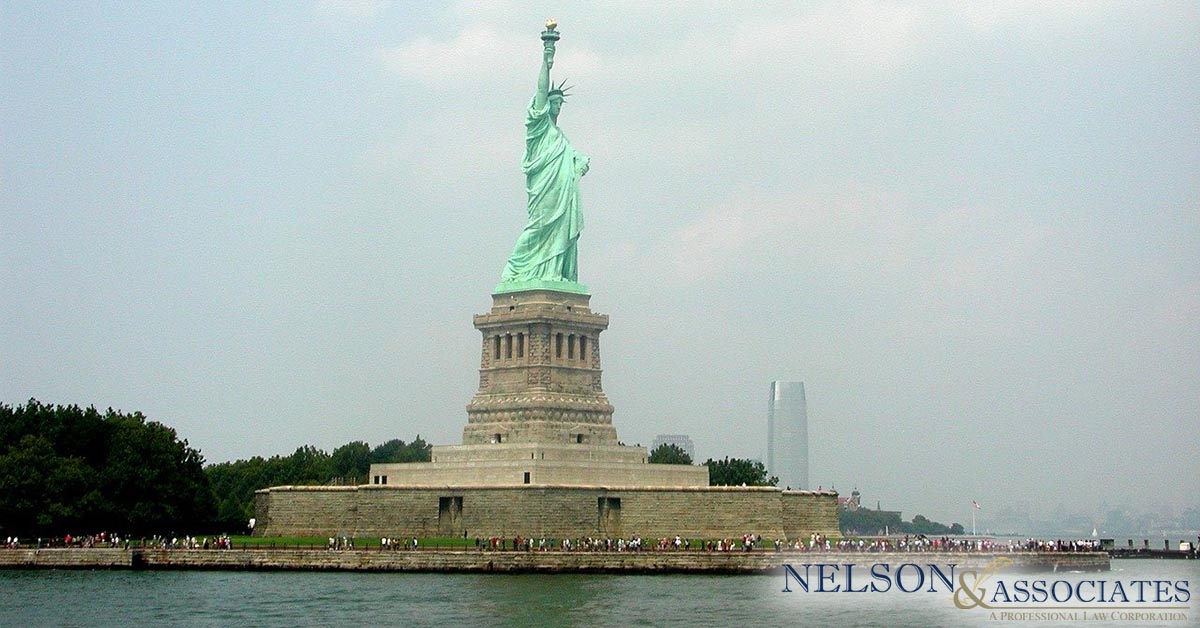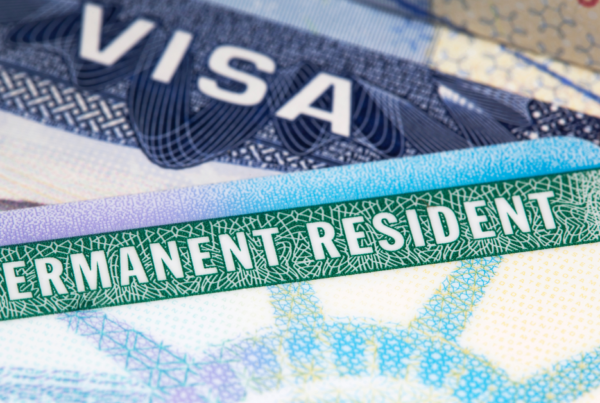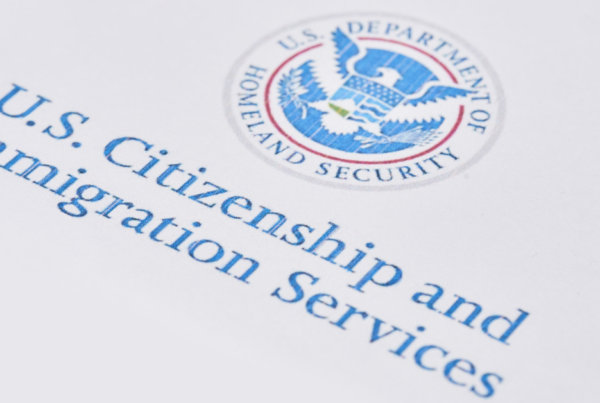
When it comes to immigration, Trump administration changes to policy have certainly changed the landscape of things. Today we’re going to take a look at some of the ways that Trump has changed immigration policy in the U.S. since coming into office.
Immigration: Trump Administration Changes to Immigration Policy
One of the biggest changes to policy since Trump came into office has been to the management of immigration. Many of these new changes and proposed changes are confusing and difficult to understand, so today we’re going to take a look at some of them.
The Mexico/U.S. Wall and Increased Border Control Presence
Perhaps Trump’s most well-known addition to the U.S. immigration policy and approach to immigrants entering the country is the Mexico/U.S. wall. In an attempt to gain more control over the border and illegal immigration, section 4 of the border security executive order directed DHS to plan, design and construct a wall along the length of the U.S. and Mexico border. Trump also claimed that he would make Mexico pay for the construction of the wall – a statement that created a huge amount of controversy.
Trump also ordered the Department of Homeland Security to increase the presence of border control agents at the U.S. and Mexico border from 20,000 to 25,000 agents – more than one agent for every lineal mile of the border. He gave no explanation for this increase.
Wealth Test Rules
On January 27th, 2020, the U.S. Supreme Court allowed for Trump’s administration to proceed with their new “wealth test” policy that would make it easier for immigrants to be denied entry to the U.S. or citizenship because they have in the past or may in the future use public assistance programs. When implemented, this new change would greatly impact the lives of lower-income immigrants seeking an opportunity within the United States. These new rules establish new criteria for who can be considered dependent on the U.S. government for benefits and those individuals would be ineligible for green cards and U.S. citizenship. This policy doesn’t just present a threat to new incoming immigrants, either, it also poses a threat to those immigrants who are currently legally living in the U.S. but who have turned to public benefits like Medicaid, food stamps, and housing assistance.
Increased Fees For Immigration Processes
Trump’s administration also intends to drastically increase the costs associated with immigration in 2020. This change in fees for core immigration processes will include an 83% increase for U.S. citizenship through naturalization applications taking the fee from $640 to $1,170. There will also be a newly implemented $50 fee for Asylum seeker’s applications for asylum in the U.S. Frighteningly, this makes the U.S. just one of four countries that charge asylum seekers for asylum applications. The fee for a petition for employment authorization is also set to increase by 20% to $490 and the fee for the petition to remove conditions on permanent residence will increase by 28% to $760. All new fees associated with this change are set to be published by USCIS in the coming weeks.
Changes in the U.S. Citizenship Test
Applicants for U.S. citizenship after December 2020 will also face new challenges as the citizenship test becomes more demanding. Under the new changes, immigrants seeking citizenship must show that they can read, write and speak basic English, and have essential knowledge of U.S. history and government. The questions in regard to U.S. government and history are also set to become more challenging. The USCIS has also expanded on their list of behaviors that indicate a lack of good moral character which gives more reason for applicants to be denied citizenship.
Increased Accessibility to Forms and Applications
A beneficial addition to immigration policies is the increased availability of immigration forms for online filing. Currently, only a select few immigration forms are made available for online filing, but with the implementation of changes in 2020, more forms will be made available online which will hopefully reduce the congestion in USCIS office locations.
Changes Relating to the Eligibility of Asylee Seekers Eligibility and Waiting Time For Employment
Planned changes for 2020 by the Trump administration will serve to increase the waiting period for asylum seekers who are seeking employment authorization. Employment authorization will also be denied to those asylum seekers who entered the country illegally. Additionally, the new changes will remove the 30-day deadline for USCIS to rule on asylum applications for employment authorization and will terminate work permits when asylum seekers are denied asylum.
Asylum Denial
Additionally, there is a proposed change to current asylum regulations in which asylum requests by migrants who turn up at the U.S. southwestern border will be rejected if they traveled through a third country en route to the U.S. and they failed to apply for asylum in that country.
And More…
These are not the only changes that have taken place or that are being proposed to take place in the current immigration system and policy, but they are some of the more significant. If you are concerned about these changes and how they may affect you, it’s best to consult with an immigration attorney as soon as possible.
Do You Have Questions About Immigration, Trump Administration Changes to Immigration Policy, or About Your Residency Application?
If you have questions about immigration, the immigration process, or your specific circumstances, Nelson Immigration can help. Just give us a call today at 626-683-3451 to find out how we can help you today!



